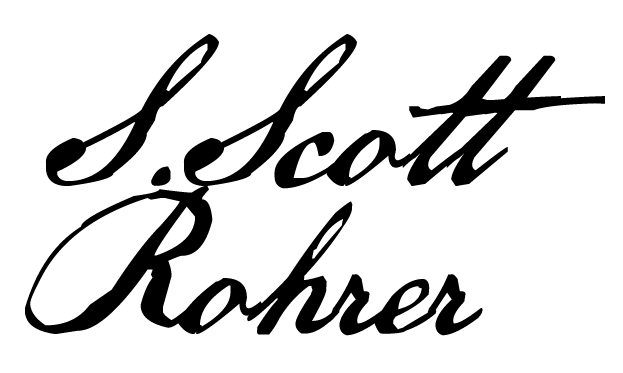Hope’s Promise: Religion and Acculturation in the Southern Backcountry
University of Alabama Press, 2005
Hope’s Promise broke ground on two fronts. Through a case study of the Moravians’ backcountry settlements in North Carolina, it challenged the notion that assimilation in early America was always a one-way street where an ethnic minority gives way to the dominant majority. And it challenged the idea that evangelical religion was nothing but a divider.
From the publisher:
Religion is traditionally seen as a divider that drives people apart. This eloquent study describes the complex process of assimilation that occurred among multi-ethnic groups in Wachovia, the evangelical community that settled a 100,000-acre tract in Piedmont North Carolina from 1750 to 1860. It counters commonplace notions that evangelicalism was a divisive force in the antebellum South, demonstrating instead the ability of evangelical beliefs and practices to unify diverse peoples and foster shared cultural values.
In Hope’s Promise Scott Rohrer dissects the internal workings of the ecumenical Moravian movement at Wachovia—how this disparate group of pilgrims hailing from many countries (Germany, Ireland, Scandinavia, England) and different denominations (Lutheran, Reformed, Methodist, Anglican) yielded their ethnicities as they became, above all, a people of faith. By examining the “open” farm congregations of Hope, Friedberg, and Friedland, Rohrer offers a sensitive portrayal of their evangelical life and the momentous cultural changes it wrought: the organization of tight-knit congregations bound by “heart religion”; the theology of the new birth; the shape of religious discipline; the sacrament of communion; and the role of music. Drawing on courthouse documents and church records, Rohrer carefully demonstrates how various groups began to take on traits of the others. He also illustrates how evangelical values propelled interaction with the outside world—at the meetinghouse and the frontier store, for example—and fostered even more collective and accelerated change.
As the Moravians became ever more “American” and “southern,” the polyglot of ethnicities that was Wachovia would, under the unifying banner of evangelicalism, meld into one of the most sophisticated religious communities in early America.
Praise for Hope’s Promise:
“This book opens up an important new area of research in the fields of Moravian studies, American history, southern history, and ethnic studies. Those interested in the issues of acculturation, sociology of religion, and changing cultural values will find much food for thought.”
Craig D. Atwood, American Historical Review
“Rohrer has a gift for following his subjects both individually and as a group…. His well-supported conclusions, that religion mattered more than ethnicity and that Moravians ended up very much like their neighbors, presents an interesting challenge to those scholars of American history who contend that regionalism is overrated…. In all Rohrer’s work reads well, and his arguments are subtle and persuasive…. Rohrer has opened the door to more investigation of smaller religious groups in the South and their interaction with the larger culture.”
Mary Beth Mathews, H-Net Reviews
“Rohrer’s book significantly advances our understanding of American Moravians by including the important country congregations, which other Moravian historians have largely ignored. In the process, he has created an engaging portrait of evangelical contributions to intercultural accommodation in North Carolina that will interest early national and southern historians. His straightforward style makes his study accessible to a lay audience as well.”
Beverly P. Smaby, Journal of Southern History
“Rohrer’s discussion of changes in religious practices provides a good example of his imaginative but rigorous use of evidence in order to make his case for changes in the Moravians’ cultural attitudes…. Hope’s Promise makes a convincing case for acculturation and changing sources of identity.”
Gaines M. Foster, Gulf South Historical Review
“Among works in American religious history, this work reminds one of older 1970s scholarship on Puritan villages in New England because, like Hope’s Promise, they analyze the interrelations of theology, demography, land use, family organization and size, and community membership. Like those older books, this volume has extraordinary and admirable detail. We get to know people as individuals rather than as social types.”
Ted Ownby, Journal of Southern Religion
“This well-researched study analyzes three levels of acculturation … Rohrer effectively demonstrates how the forces of frontier 'Americanism' affected Moravians' ethnic and religious identity.”
E.L. Turk, Choice

